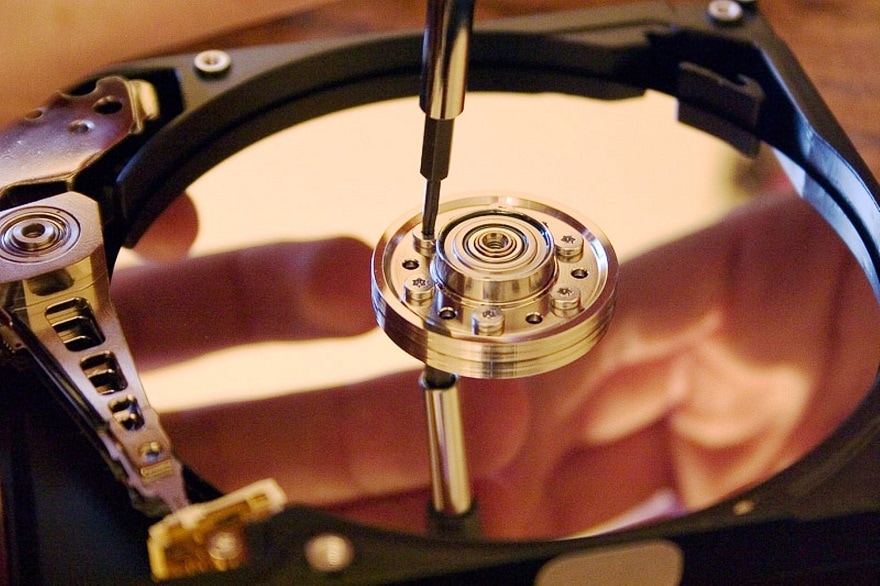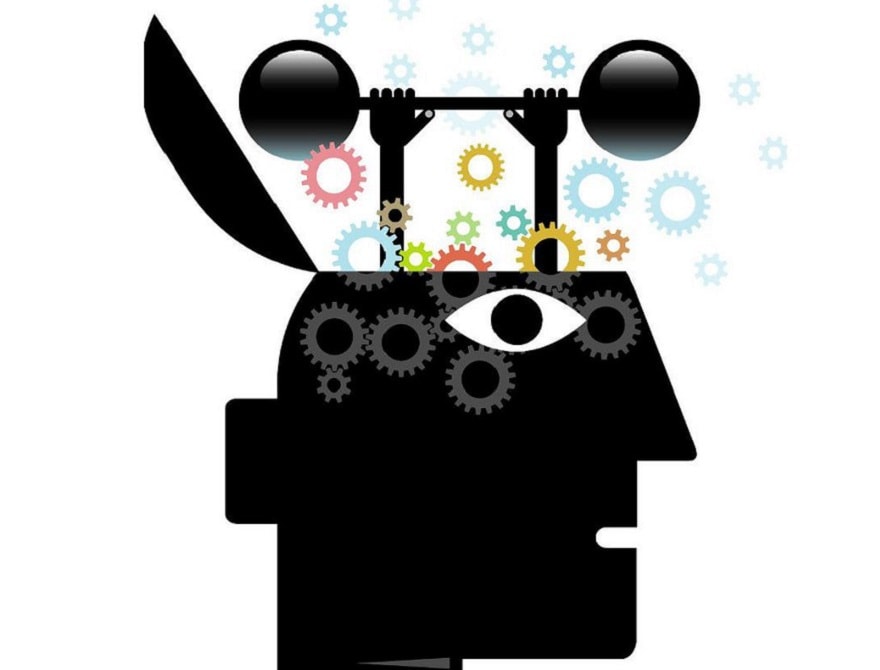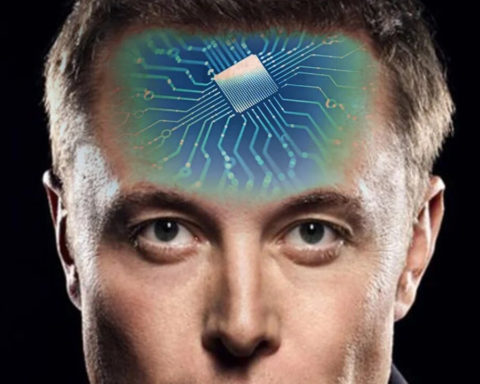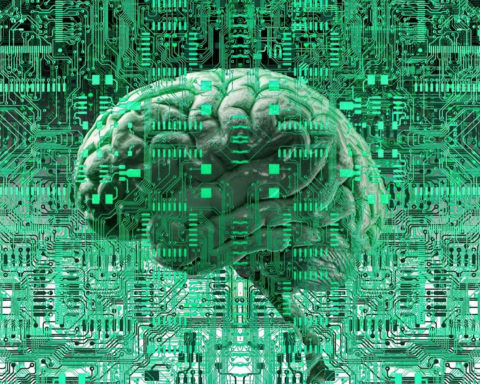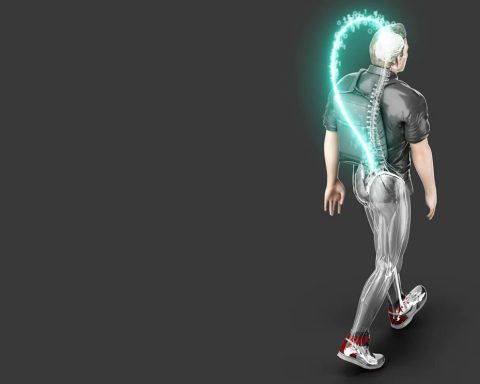To escape from the illusion of mastery
Learn to open your perceptions and direct your attention to new territories...
Becoming aware of the role of emotions and the consequences of moods
Reach a new level of disruptive agility, thanks to the confrontation with new models in relational interaction



